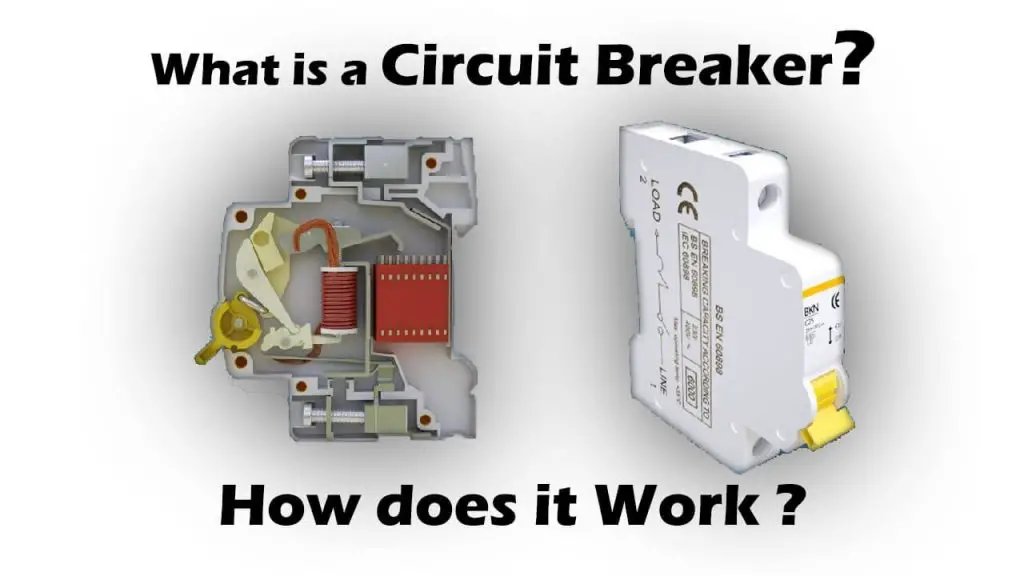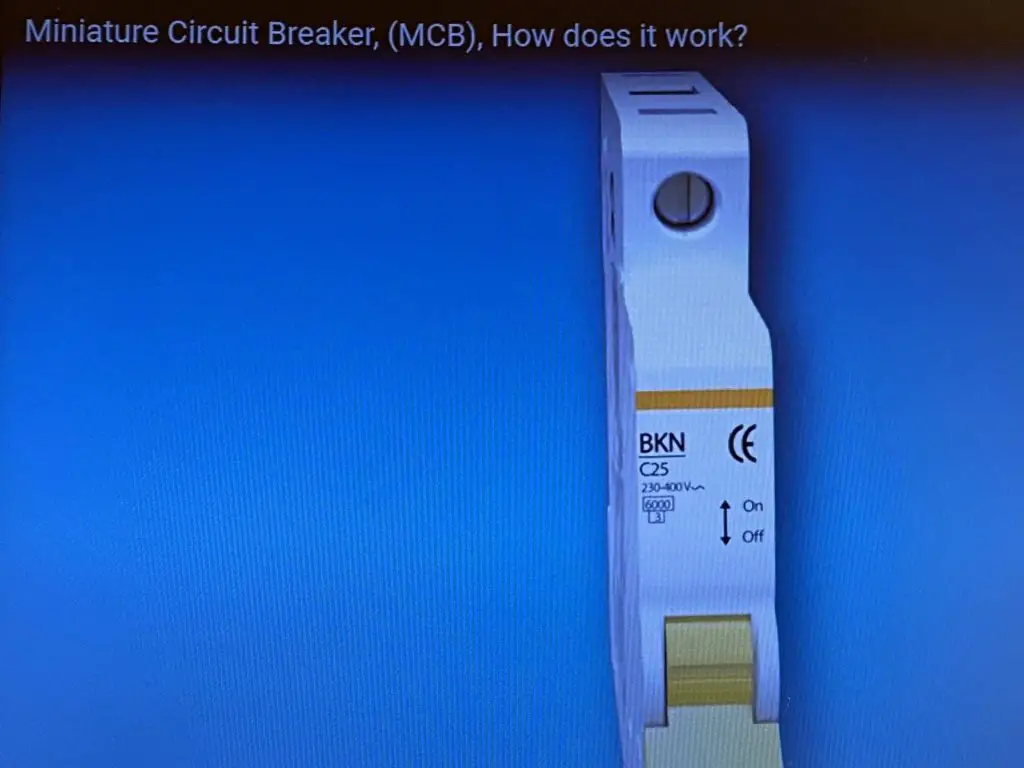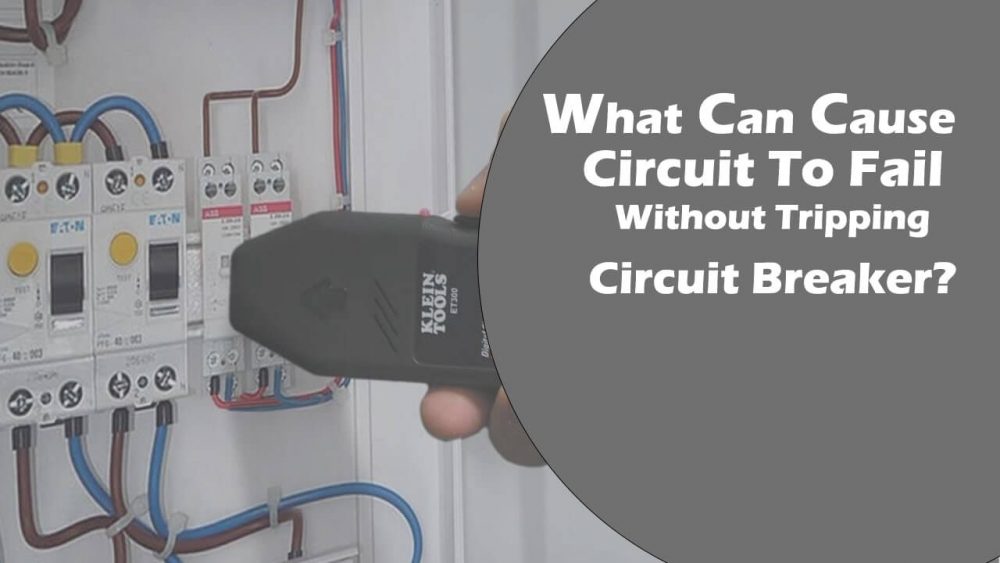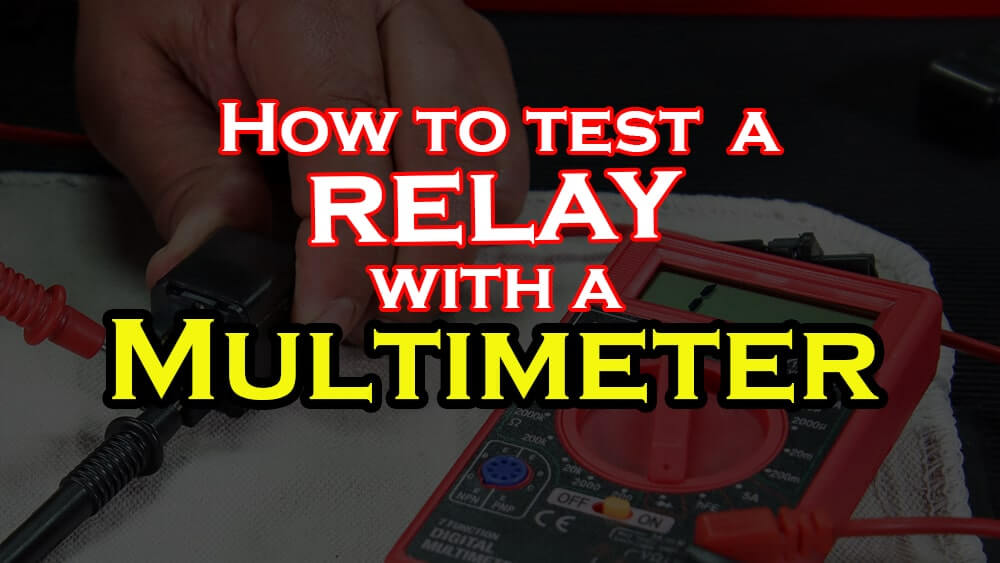What is a Circuit Breaker? How does it Work?
A circuit breaker is an electrical switch designed to protect an electrical circuit from damage caused by an overcurrent or overload or a short circuit. Its basic function is to stop current flow after protective relays detect a fault. A circuit breaker is not an automatically operated electrical switch; designed to protect an electrical circuit from damage caused by excess current. Typically resulting from an overload or short-circuit. Its basic function is to interrupt current flow after a fault is detected, unlike a fuse that operates once and must be replaced by a circuit breaker. A circuit breaker can be reset either manually or automatically to resume regular operation.

Construction of Miniature Circuit Breaker (MCB)

An MCB embodies the complete enclosure in insulating material; this provides mechanically insulated and robust housing. The remaining parts of the MCB incoming terminal are made up of electrolytic copper or silver alloy, and this is where the incoming phase is fixed. The next part is arc chute, like a stack of mutually insulated parallel metal plates which divide and cool the arc. A bimetallic strip is a part of the thermal tripping arrangement around. Which heater coil is wound to create heat depending on the flow of the current magnetic coil. It is a part of the thermal tripping arrangement, wherein the case of short-circuit or heavy overloads. A strong magnetic field is produced in the coils. The copper braid connects the moving element with the static component on/off switches operator. With which we manually interrupt or turn on the electric circuit in the outgoing terminal. We connect the outgoing phase from the circuit breaker working principle of the circuit breaker.
Working Principle of MCB
The most important thing that a circuit breaker is doing is to safely and reliably switch off the electrical circuit during abnormal conditions of the network. That means overload condition as well as faulty condition. In contrast, under normal working conditions, the circuit breaker worked when we switched the operator manually from a position switch OFF to position switch ON, The electric current-carrying path. The first incoming terminal then contacts point of moving in fixed contacts then magnetic coil. Then, the bimetallic strip the outgoing terminal all are arranged in series under an overload condition.
The current through the bimetallic strip causes a rise in the temperature. The heat generated within the bimetallic is enough to cause deflection due to the thermal expansion of metals. This deflection further releases the trip latch, and contacts get separated from the visual indication of this. The trip can be observed by automatic movement of the operator to the off position in tripping operations; an arc is formed when the contact starts separating this arc. Then it is forced into arc chute plates where an arc is formed into a series of arcs, and at the same time, energy is extracted and cools closer to how the tripping mechanism works for the types of miniature circuit breakers.
Types of Miniature Circuit Breaker
The Miniature Circuit Breakers are classified into three major types, according to their instantaneous tripping currents. They are
- Type B, MCB
- Type C, MCB
- Type D, MCB
Type B of miniature circuit breaker
This type will trip instantly at a rate of three to five times its rated current; These are generally used for resistive or small inductive loads where switching surges are tiny; therefore, these are suitable for residential or light commercial installations.
Type C of miniature circuit breaker
This type will trip instantly at a rate of five to ten times its rated current; These are normally used for high inductive loads, where switching surges are high, such as small motors and fluorescent lighting; in such cases, type C is preferred to handle a higher value of short circuit currents. Therefore these are suitable for highly inductive commercial and industrial installations.
Type D of miniature circuit breaker
This type will trip instantly at a rate of ten to twenty-five times its rated current; These are normally used for very high inductive loads where high inrush currents are very frequent. These are suitable for specific industrial and commercial applications. The common examples of such applications include x-ray machines, UPS systems, industrial welding equipment, large winding motors, etc.
Table of Contents
How to Test a Circuit Breaker to test Continuity
A continuity test is a simple way of checking whether a circuit is open or closed. It can help you identify a bad switch or outlet and assist you in identifying wires in electrical boxes. Unlike a voltage or current test, perform a continuity test with the power off.
Finding out if you need to replace a breaker is easy if you follow these tips. You will need a Multimeter and a circuit breaker.
Step 1
Open the circuit breaker box and locate the switch that corresponds to the area you want to test.
Turn off or unplug the electric devices in the area to avoid a power surge.
Step 2
Determine whether the breaker is in the On or Off position.
If it’s off, flip to the On position.
If the breaker trips after a few seconds, there may be a problem with the wiring.
Step 3
Touch one of the multimeter’s lead to the terminal screw, and touch the other lead to the ground screw.
Step 4
Check the readout on the multimeter or look for an indicator light.
If no voltage is indicated, then no power reaches the breaker, and it will need to
be replaced.
Frequently asked questions
The function of a Circuit breaker is to interfere with current whenever an overcurrent situation occurs. Whether it happens from a direct or short to ground or a device failure of high amperage, fluctuation in current or constant tripping can severely weaken the metal wires by heating up and finally breaking the small metal piece.
The mechanism of a circuit breaker is; any over current, appliances fuse, or short in a circuit wiring will trip the breaker. If the breaker would not work, it means there is a need to change the breaker. It can ruin those appliances connected to that breaker.
Conclusion
The given article defines a circuit breaker, its construction, and its mechanism to work—using a circuit breaker as mains. We have described the three types of circuit breakers and their usage in the home and industrial areas. We have learned to test a circuit breaker with a multimeter and check its continuity to learn that a circuit breaker has current in it or no current. And different types of circuit breakers are used to operate various equipment.
Related post:
How To Test Electrical Wires With A Multimeter
How To Check 240 Voltage With A Multimeter
How to use a Multimeter: Digital and Analog




